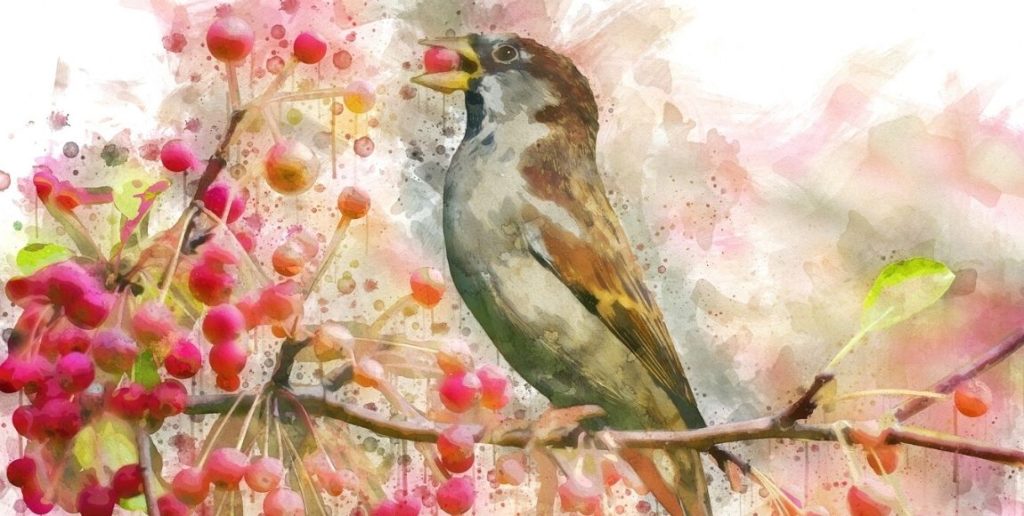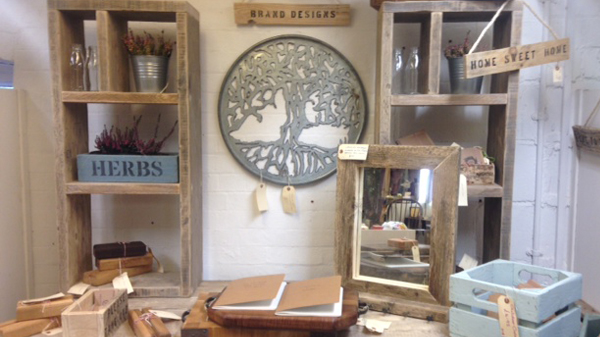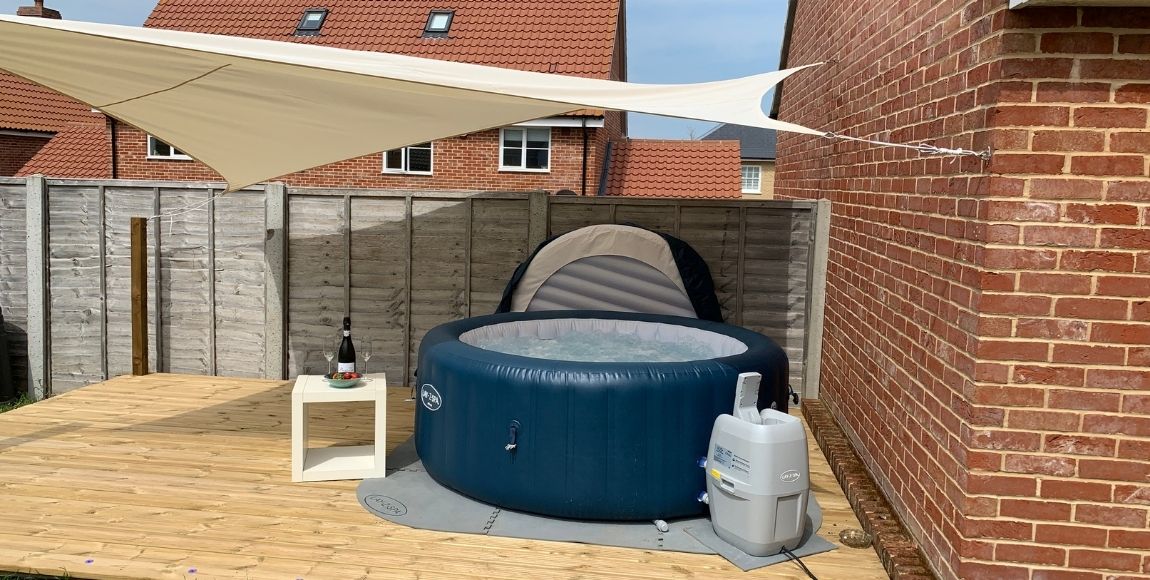7 ways to make your Suffolk garden more wildlife-friendly this autumn

Local writer, Vic Smith, looks at ways we can make our Suffolk gardens more wildlife-friendly this season.
BBC News recently made the shocking announcement that a quarter of British mammals are now at risk of extinction[1]. Habitats rich in biodiversity such as woodlands, ponds and hedgerows are on the decline. Fortunately, there is a lifeline; our gardens.
With just a few small changes, we can provide the all-important food, shelter and safety for our wildlife, bringing nature literally to our doorsteps.
Autumn is a crucial season for many creatures’ survival and turning your garden into a sanctuary for Suffolk wildlife over the next few months is an excellent way to help. By implementing the seven tips below you’ll be able to make your garden a haven for hedgehogs, amphibians, insects and much, much more.
Give a hedgehog a home
As autumn approaches, hedgehogs will be looking for somewhere warm to hibernate. A compost heap (see below) does the trick, but if you want to go the extra mile, why not install a hedgehog home?
Hedgehog numbers are in decline with almost 50% of Suffolk’s population being lost in the past two decades[2]. If we don’t look out for these humble British creatures, we may see them disappear altogether. Therefore, it’s important that we do everything we can to help them thrive once again.
Check out your local garden centre for a ready-made hedgehog home or build your own. You can even leave a little cat food inside for hungry hedgehogs.
Get composting
Collect fallen leaves and other vegetation such as hedge and grass trimmings into a compost heap or bin. You can even add household food waste such as vegetable peelings, fruit skins and egg shells.
Compost heaps create the perfect habitat for hibernating newts, frogs, lizards and hedgehogs due to their warmth. They also attract invertebrates which provide food for birds on those chilly autumn mornings.
Moreover, they’re a great way to save on waste going to landfill. So why not go green and help wildlife at the same time?
Keep your bird feeder stocked up
During the autumn and winter months, birds will be relying on feeders to supplement their diets as their natural food sources become more scarce.
Give birds a helping hand by stocking up your bird feeders/ tables with high energy and high fat foods such as fat balls, suet and seeds. Topping up a bird bath with clean water also gives Suffolk’s garden birds a helping hand.
If you’re a bird lover, you can expect to see an increase in finches, thrushes and even the occasional woodpecker. Keep your bird feeder filled up and you’ll be amazed at what birds pay you a visit.

Install a bat box
Suffolk is home to 13 species of bat, which are some of the few mammals that hibernate. Why not give them a place to hunker down during the colder months by installing a bat box on your house or garden tree?
Like hedgehog homes, these can be bought from specialist retailers across Suffolk and the UK, or have a go at making your own.
Something to bear in mind is that due to their legal protection, once a bat box is installed, it can only be checked by someone with a bat license.
Bug hotels and butterfly boxes
Contrary to what you might think, a bug hotel isn’t just for summer. Plenty of insects overwinter in the UK and a bug hotel is a perfect way for them to escape the cold, and prepare for spring.
Insects are vital for Britain’s ecosystem due their roles as pollinators, predators of pests, and food for other animals. Therefore, it is important to provide a safe place for them to shelter if you are able to.
Don’t underestimate the importance of our smallest creatures!
Don’t let your pond freeze over
Floating a tennis ball or football on the surface of your garden pond will prevent it freezing over during the autumn and winter months. This will help frogs and toads as well as providing a valuable water source for some of our beloved garden birds.
Moreover, amphibians love to shelter under upside down plant pots and small piles of bricks, so overturn any unused plant pots you may have lying around at the bottom of your garden or near your pond.
Don’t cut down your ivy
Lots of people trim the ivy on their garden fences and walls during autumn. However, it’s worth putting this off until the end of winter as ivy flowers in autumn, providing food for birds in the form of berries, and nectar for moths, bees and butterflies. Additionally, it also provides shelter from the harsh weather for our garden birds.
If you don’t have ivy in your garden, it may be worth planting some in Spring for next Autumn!
[1] https://www.bbc.co.uk/news/science-environment-53585627
[2] www.suffolkwildlifetrust.org/hedgehogs-action
![Feeling the love at Salad Days Interiors [AD]](https://www.seesuffolk.com/wp-content/uploads/2020/02/featured-image-blog-58-1.jpg)

